STEM
STEM SPOTLIGHT
Making STEM practical and accessible for every teacher
Navigate to: What is S.T.E.M.? | Oxford STEM resources |
Welcome, on this page you’ll find a selection of resources that will support STEM education in your classroom, from the early years through to lower secondary schooling.
So what is STEM?

If you think that STEM is all about robotics and coding, then you only know half the story. STEM is really about bringing that computational thinking and design thinking methodology into the lives of our kids, and giving them the tools to become problem solvers. STEM allows creativity in areas that
aren’t traditionally known for that: science, mathematics, technology. And that’s often the place that’s a little bit scary for teachers. My favourite part of STEM is the ‘E’ – the engineering process. It’s the bit that I know already connects us with STEM and learning, because this is what we’ve been
doing for a while. If you’ve been doing the enquiry process, project-based learning, challenge-based learning – you’ve got some elements there of how to get started with design thinking methodology.
So why should you be doing STEM? Aside from the fact that there’s a whole load of funding out there and it’s part of the Australian Curriculum, it really is an avenue for creativity and gives your kids another opportunity to express their learning in a different way.
“A renewed national focus on STEM in school education is critical to ensuring that all young Australians are equipped with the necessary STEM skills and knowledge that they will need to succeed. ”
– Education Council, National STEM school education strategy 2016–26
Science, Technology, Engineering and Mathematics (STEM)
From the Australian Curriculum:
STEM is addressed in the Australian Curriculum through the learning areas of Science, Technologies and Mathematics, and through general capabilities, particularly Numeracy, Information and Communication Technology (ICT) capability, and Critical and Creative Thinking.
Engineering is addressed in Design and Technologies through a dedicated content description at each band that focuses on engineering principles and systems. It is presented across the curriculum through Science, Digital Technologies and Mathematics. Engineering often provides a context for STEM learning.
Evidence from the project suggests that STEM knowledge, understanding and skills seem to be:
- strengthened when the connections between learning areas are emphasised
- enriched when learning areas combine to find authentic learning opportunities for students in answer to an identified problem or in the creation of a solution.
Science Curriculum Rationale (from the Australian Curriculum)
Science provides an empirical way of answering interesting and important questions about the biological, physical and technological world. The knowledge it produces has proved to be a reliable basis for action in our personal, social and economic lives. Science is a dynamic, collaborative and creative human endeavour arising from our desire to make sense of our world through exploring the unknown, investigating universal mysteries, making predictions and solving problems. Science aims to understand a large number of observations in terms of a much smaller number of broad principles. Science knowledge is contestable and is revised, refined and extended as new evidence arises.
The Australian Curriculum: Science provides opportunities for students to develop an understanding of important science concepts and processes, the practices used to develop scientific knowledge, of science’s contribution to our culture and society, and its applications in our lives. The curriculum supports students to develop the scientific knowledge, understandings and skills to make informed decisions about local, national and global issues and to participate, if they so wish, in science-related careers.
In addition to its practical applications, learning science is a valuable pursuit in its own right. Students can experience the joy of scientific discovery and nurture their natural curiosity about the world around them. In doing this, they develop critical and creative thinking skills and challenge themselves to identify questions and draw evidence-based conclusions using scientific methods. The wider benefits of this ‘scientific literacy’ are well established, including giving students the capability to investigate the natural world and changes made to it through human activity.
The ability to think and act in scientific ways helps build the broader suite of capabilities in students as confident, self-motivated and active members of our society.
Technologies Curriculum Rationale (from the Australian Curriculum)
Technologies enrich and impact on the lives of people and societies globally. Australia needs enterprising individuals who can make discerning decisions about the development and use of technologies and who can independently and collaboratively develop solutions to complex challenges and contribute to sustainable patterns of living. Technologies can play an important role in transforming, restoring and sustaining societies and natural, managed and constructed environments.
The Australian Curriculum: Technologies ensures that all students benefit from learning about and working with traditional, contemporary and emerging technologies that shape the world in which we live. By applying their knowledge and practical skills and processes when using technologies and other resources to create innovative solutions, independently and collaboratively, they develop knowledge, understanding and skills to respond creatively to current and future needs.
The practical nature of the Technologies learning area engages students in critical and creative thinking, including understanding interrelationships in systems when solving complex problems. A systematic approach to experimentation, problem-solving, prototyping and evaluation instils in students the value of planning and reviewing processes to realise ideas.
All young Australians should develop capacity for action and a critical appreciation of the processes through which technologies are developed and how technologies can contribute to societies. Students need opportunities to consider the use and impact of technological solutions on equity, ethics, and personal and social values. In creating solutions, as well as responding to the designed world, students consider desirable sustainable patterns of living, and contribute to preferred futures for themselves and others.
This rationale is extended and complemented by specific rationales for each Technologies subject.
Engineering is addressed in Design and Technologies through a dedicated content description at each band that focuses on engineering principles and systems. It is presented across the curriculum through Science, Digital Technologies and Mathematics. Engineering often provides a context for STEM learning.
Design and Technologies Curriculum Rationale (from the Australian Curriculum)
This rationale complements and extends the rationale for the Technologies learning area.
In an increasingly technological and complex world, it is important to develop knowledge and confidence to critically analyse and creatively respond to design challenges. Knowledge, understanding and skills involved in the design, development and use of technologies are influenced by and can play a role in enriching and transforming societies and our natural, managed and constructed environments.
The Australian Curriculum: Design and Technologies enables students to become creative and responsive designers. When they consider ethical, legal, aesthetic and functional factors and the economic, environmental and social impacts of technological change, and how the choice and use of technologies contributes to a sustainable future, they are developing the knowledge, understanding and skills to become discerning decision-makers.
Design and Technologies actively engages students in creating quality designed solutions for identified needs and opportunities across a range of technologies contexts. Students manage projects independently and collaboratively from conception to realisation. They apply design and systems thinking and design processes to investigate ideas, generate and refine ideas, plan, produce and evaluate designed solutions. They develop a sense of pride, satisfaction and enjoyment from their ability to develop innovative designed products, services and environments.
Through the practical application of technologies including digital technologies, students develop dexterity and coordination through experiential activities. Design and Technologies motivates young people and engages them in a range of learning experiences that are transferable to family and home, constructive leisure activities, community contribution and the world of work.
Mathematics Curriculum Rationale (from the Australian Curriculum)
Learning mathematics creates opportunities for and enriches the lives of all Australians. The Australian Curriculum: Mathematics provides students with essential mathematical skills and knowledge in number and algebra, measurement and geometry, and statistics and probability. It develops the numeracy capabilities that all students need in their personal, work and civic life, and provides the fundamentals on which mathematical specialties and professional applications of mathematics are built.
Mathematics has its own value and beauty and the Australian Curriculum: Mathematics aims to instil in students an appreciation of the elegance and power of mathematical reasoning. Mathematical ideas have evolved across all cultures over thousands of years, and are constantly developing. Digital technologies are facilitating this expansion of ideas and providing access to new tools for continuing mathematical exploration and invention. The curriculum focuses on developing increasingly sophisticated and refined mathematical understanding, fluency, reasoning, and problem-solving skills. These proficiencies enable students to respond to familiar and unfamiliar situations by employing mathematical strategies to make informed decisions and solve problems efficiently.
The Australian Curriculum: Mathematics ensures that the links between the various components of mathematics, as well as the relationship between mathematics and other disciplines, are made clear. Mathematics is composed of multiple but interrelated and interdependent concepts and systems which students apply beyond the mathematics classroom. In science, for example, understanding sources of error and their impact on the confidence of conclusions is vital, as is the use of mathematical models in other disciplines. In geography, interpretation of data underpins the study of human populations and their physical environments; in history, students need to be able to imagine timelines and time frames to reconcile related events; and in English, deriving quantitative and spatial information is an important aspect of making meaning of texts.
The curriculum anticipates that schools will ensure all students benefit from access to the power of mathematical reasoning and learn to apply their mathematical understanding creatively and efficiently. The Mathematics curriculum provides students with carefully paced, in-depth study of critical skills and concepts. It encourages teachers to help students become self-motivated, confident learners through inquiry and active participation in challenging and engaging experiences.
© Australian Curriculum, Assessment and Reporting Authority (ACARA) 2009 to present, unless otherwise indicated. This material was downloaded from the ACARA website (www.acara.edu.au) (Website) (accessed 6/09/2017) and was not modified. The material is licensed under CC BY 4.0 (https://creativecommons.org/licenses/by/4.0/). ACARA does not endorse any product that uses ACARA material or make any representations as to the quality of such products. Any product that uses material published on this website should not be taken to be affiliated with ACARA or have the sponsorship or approval of ACARA. It is up to each person to make their own assessment of the product.
Want more great content on STEM? Register for free access to the STEM Spotlight magazine.
Maths skills need to serve students beyond the next 30 minutes
By Peter SullivanDon’t underestimate the value of practice in maths education
By Annie FacchinettiHow to make maths memorable
By Annie FacchinettiWhy flipped learning makes sense in the STEM classroom
By Andrew Douch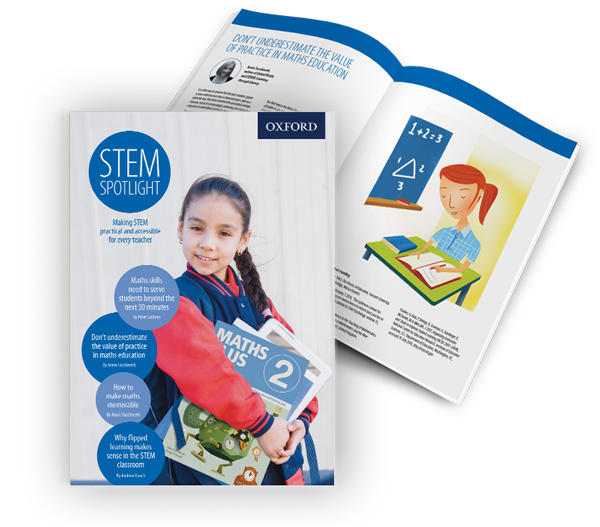
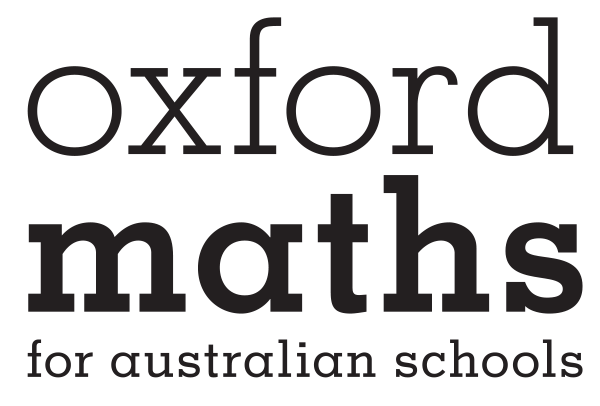
Your differentiation solution for teaching mathematics
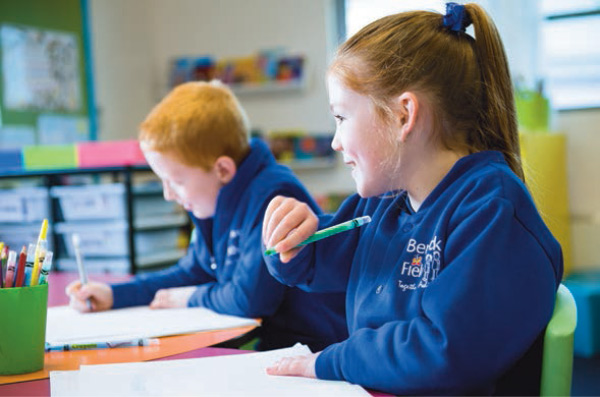
- includes Student Books, Assessment Books that feature pre- and post-tests, and a Teacher Dashboard
- supports a ‘gradual release of responsibility’ approach that incorporates initial scaffolding, which is gradually reduced to allow students to become confident and independent mathematicians
- has been designed by experienced classroom teachers to support sequential acquisition of mathematical skills, concepts and knowledge
- is based on a developmental approach that is fully aligned with the Australian and Victorian Curricula, and the NSW Syllabus.
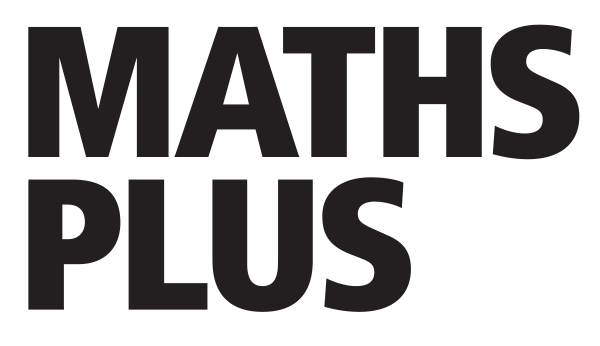
Practise, master, assess
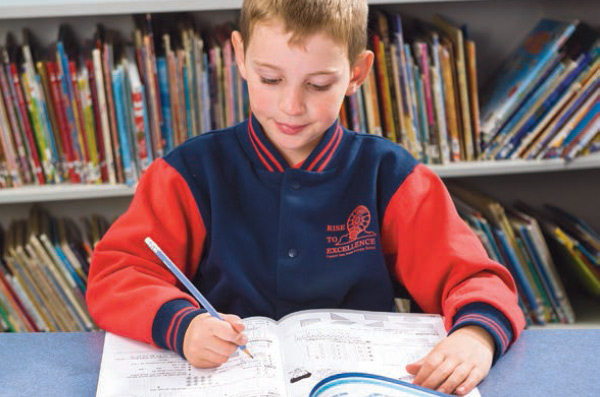
- provides spiralling content where concepts are explored, then built on throughout the year and across year levels. This helps learners make connections over time, supporting recall and fluency
- offers varied learning experiences such as interactive concept exploration, practice and consolidation activities, problem-solving tasks, extra support and extension activities, and mentals and homework activities
- enables tracking and reviewing of student learning through post-test assessment.
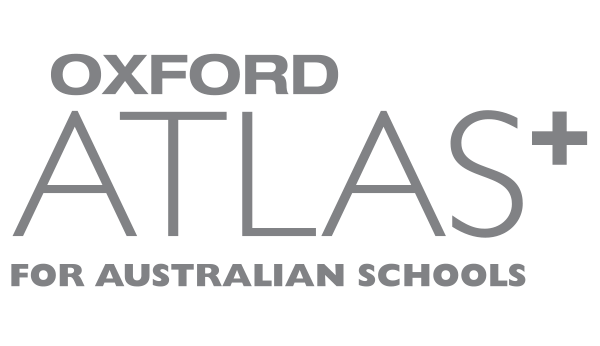
Your essential HASS and STEM resource
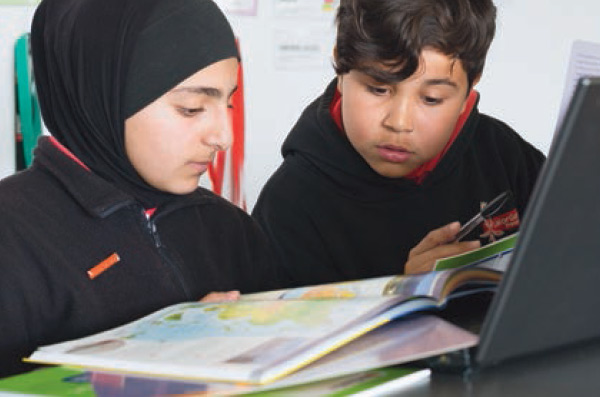
- teach essential map-reading skills and feature world, continent and country maps
- contain high-interest topics explicitly linked to outcomes in the Science curriculum and the Humanities and Social Sciences curriculum
- use practical, inquiry-based activities and experiments to teach topics and to develop students’ critical thinking and problem-solving skills
- are accompanied by a wealth of digital resources that support the Technologies curriculum, including interactives designed to develop authentic design solutions and computational thinking across different subject areas.
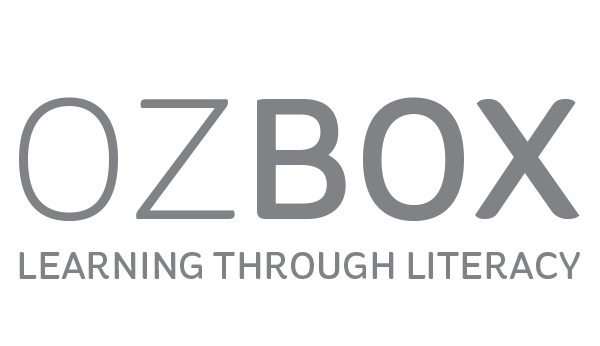
Learning science, history and geography through literacy
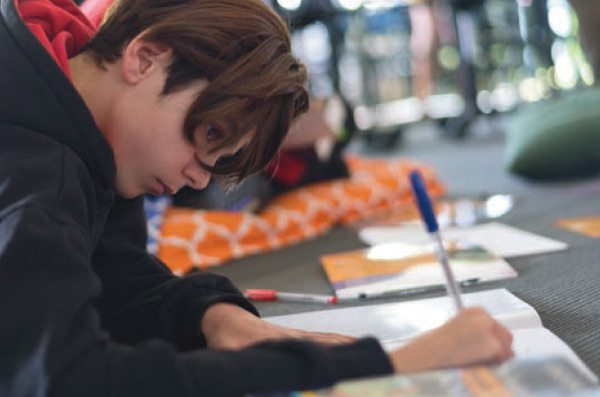
- contains highly visual, informative and detailed topic cards, giving students the opportunity to read, comprehend and engage with content aligned explicitly to the Australian Curriculum
- supports effective literacy pedagogies, including guided reading
- targets specific comprehension skills
- develops students’ skills and knowledge through independent and group activities and inquiries
- guides students to connect topics to their own lives, environments and experiences.